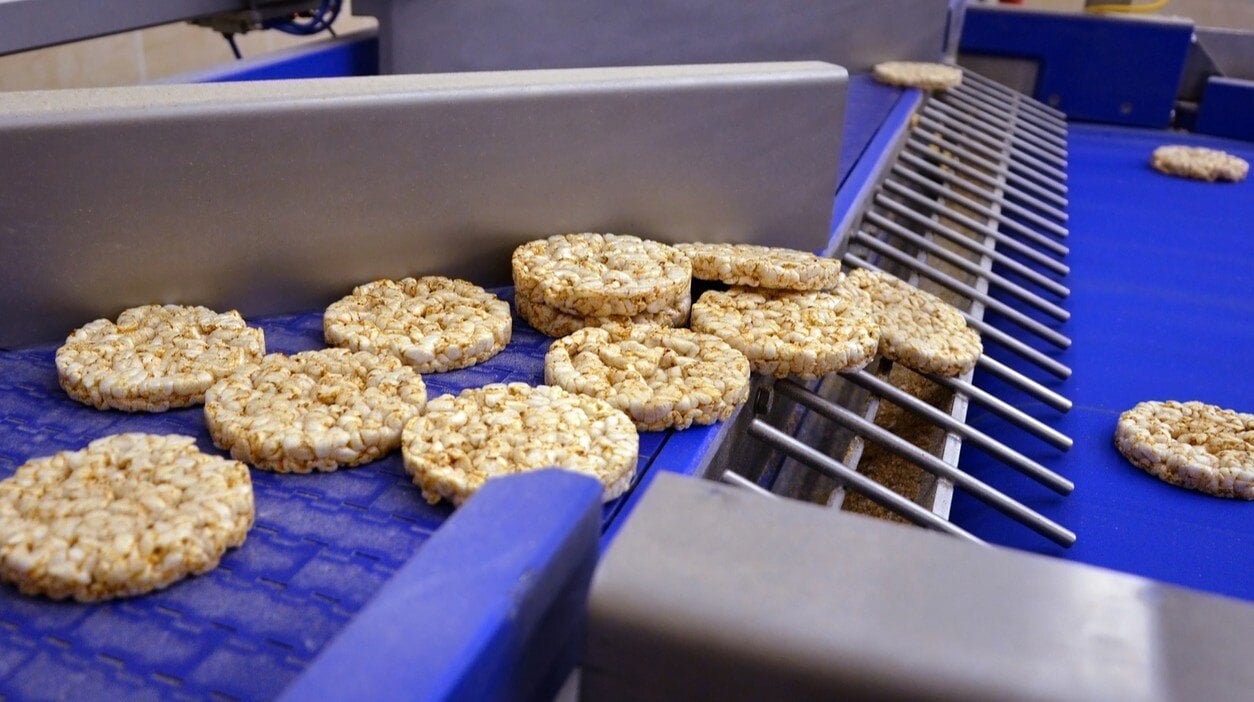HACCP vs HARPC: What You Need to Know
Hazard assessment and risk mitigation are at the heart of every food safety program: identifying potential risks in food production and implementing strategies to minimize their impact. A systematic approach to managing these risks is essential for food and beverage manufacturers because it ensures all potential hazards are thoroughly understood and controlled.
Hazard Analysis Critical Control Point (HACCP) and Hazard Analysis and Risk-Based Preventive Controls (HARPC) are two of the most widely used food safety systems with significant overlap in focus — but some key differences as well.
What is HACCP?
HACCP is a management system designed to address food safety through the meticulous analysis and control of physical, biological, and chemical hazards from production to consumption. Originally developed for NASA to ensure the safety of food in space, this system is particularly crucial in food processing facilities vulnerable to external contaminants. It is mandatory for companies processing meat, poultry, seafood, and juice, with seafood HACCP uniquely extended through the distribution phase.
The 7 Principles of HACCP Implementation and Management
- Conduct a hazard analysis to identify operational risks.
- Identify critical control points.
- Establish critical limits.
- Outline monitoring procedures.
- Establish corrective actions for each critical control point.
- Outline verification procedures to ensure corrective action was effective.
- Document procedures and findings.
What is HARPC?
HARPC takes a proactive and preventive approach to food safety, focusing on mitigating risks associated with ingredients and processing methods. Created under the Food Safety Modernization Act (FSMA), HARPC requires a formal food safety program for all food products not specifically covered by existing HACCP regulations. As a result, HARPC expands the scope beyond the contaminants that HACCP typically focuses on, helping food producers identify and control a broader range of risks in their operations. Often referred to as the 'successor to HACCP,' HARPC is increasingly replacing HACCP in many food industry operations due to its comprehensive risk management framework.
The 6 Principles of HARPC Implementation and Management
- Conduct a hazard analysis to identify all ingredient and process risks. (Employs the use of FDA’s Appendix 1).
- Implement risk-based preventive controls.
- Monitor the controls for effectiveness.
- Implement correction or corrective action if preventive controls parameters are not met.
- Implement verification steps to ensure effectiveness of monitoring and corrective actions.
- Maintain compliance records.
3 Key Differences Between HACCP and HARPC
Though both HACCP and HARPC have a similar basis, there are a number of differences in how the two systems define threats and mitigate risks:
1. Differing Definitions of Hazards
HACCP defines hazards specifically as chemical, physical, or biological agents that could cause food to be unsafe for consumption. HARPC takes a broader approach, defining hazards as any type of chemical, physical, or biological risk that could impact food safety, including not only the agents identified by HACCP, but also intentional food adulteration and naturally occurring hazards like radiological risks. As a result, HARPC encompasses a wider array of potential safety issues within the food supply chain.
2. Different Stakeholders
HACCP typically requires an HACCP Coordinator, responsible for developing, implementing, and maintaining the HACCP plan, and ensuring effective critical control point management to mitigate identified hazards. HARPC operations must appoint a Preventive Controls Qualified Individual (PCQI), as mandated by the FSMA. The PCQI is tasked with developing, applying, and overseeing a food safety system that includes preventive controls and monitoring procedures to address any hazards that could affect food safety and quality.
3. Required implementation
Regulators specifically require HACCP for meat and poultry processors, which are regulated by the USDA, and seafood and juice makers, which fall under the jurisdiction of the FDA. On the other hand, HARPC has a broader application and is mandatory for all companies in the U.S. food supply chain that are not already covered by seafood and juice HACCP regulations. HARPC requires these companies to implement preventive controls across all stages of food production and handling, ensuring a comprehensive approach to food safety as mandated by the FSMA.
Mastering HACCP and HARPC to Improve Food Safety
As food safety regulations become more robust and complex, it can be challenging to navigate requirements without expert help. AIB International offers a comprehensive array of food safety training programs, as well as on-call consulting, audits, and more.
Want to ensure your team is up to date on the latest food safety regulations and requirements? Learn more in our Food Safety and Sanitation Online course — with individual HACCP and HARPC modules.


